[ENG-SPN] Cambeadores: the Knights of the Path / Cambeadores: los Caballeros del Camino
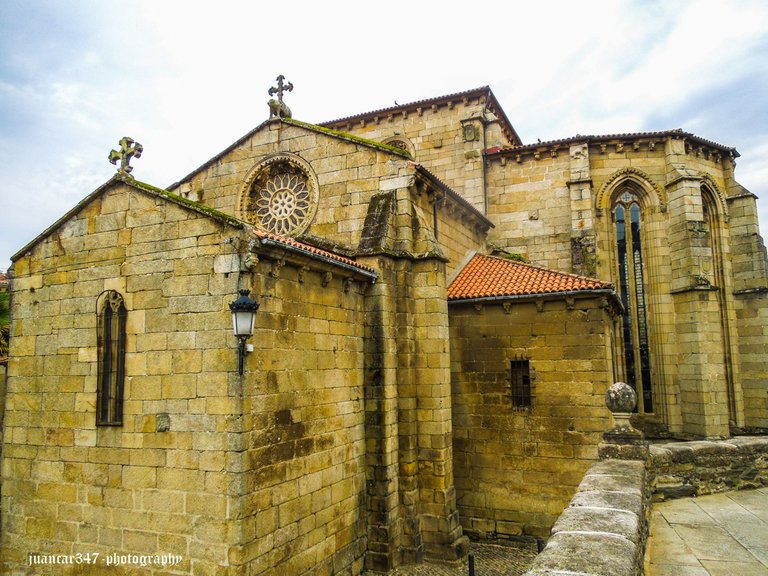
Time before the Knights Templar settled definitively in the Iberian Peninsula, especially in the most relevant points of the Way of the Stars, to exercise -apart from some hospital functions- the surveillance and protection of roads that were not always safe. For the pilgrims, there were knights, animated by the best spirit of honorable chivalry -the same, which also distinguished kings, such as Alfonso I the Battler- who carried out the same work, regardless of the risks involved. They were known -above all, in the Galician area- by the name of 'Cambeadores' and their graves, both before and after joining the ranks of the different military orders, are scattered throughout the length and breadth of the Romanesque temples that mark the most important and, therefore, most decisive points of the Sacred Way.
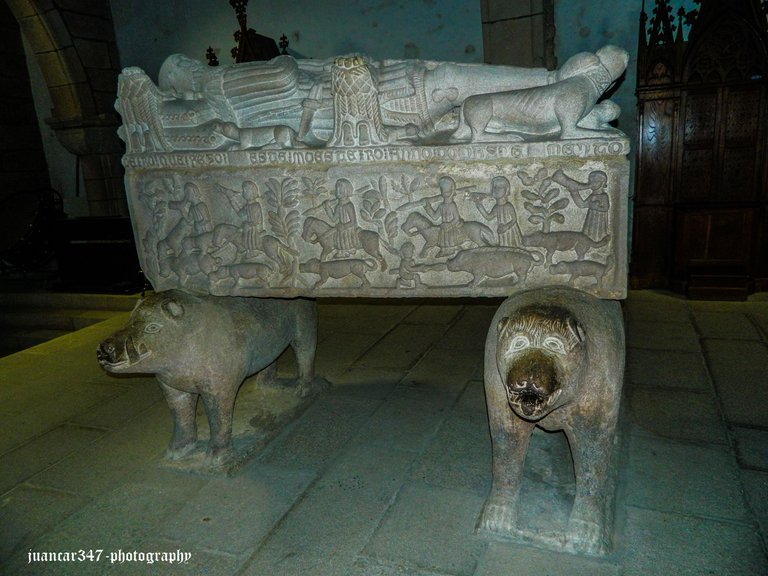
Their traces, as well as their exploits and their sacrifice, always aimed at the noble ideals of the common good -the defense of the weak against the oppression of the strong and the villain-are possibly more evident in this area, the Bierzo and the Ancares, which, bordering the province of Lugo, directly entered Galicia, indicating to the pilgrim its proximity to the Tomb of the Apostle Saint James and the happy culmination of his initiation journey. A trip, in which, paraphrasing Cavafis, these, the pilgrims, metaphorically and comparatively speaking, would really come to understand what the pilgrimage routes mean and, by default, what the Ithacas also mean.
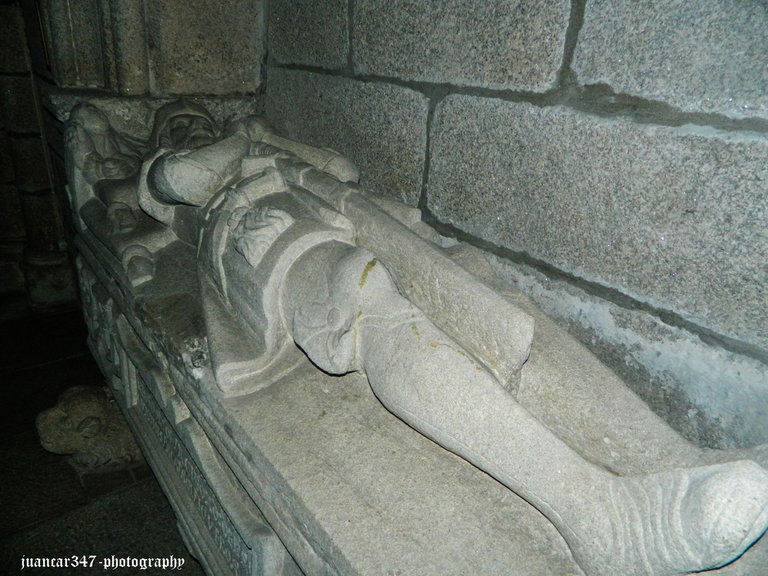
Tiempo antes de que los caballeros templarios se instalaran definitivamente en la Península Ibérica, sobre todo, en los puntos más relevantes del Camino de las Estrellas, para ejercer -aparte de unas funciones hospitalarias- la vigilancia y protección de unos caminos que no siempre resultaban seguros para los peregrinos, hubo caballeros, animados por el mejor espíritu de la caballería honrosa -aquella misma, que distinguió también a reyes, como Alfonso I el Batallador- que realizaron esa misma labor, sin importarles los riesgos a correr. Se les conocía -sobre todo, en la zona de Galicia- con el nombre de ‘Cambeadores’ y sus sepulturas, tanto antes como después de integrarse en las filas de las diferentes órdenes militares, se encuentran repartidas a todo lo largo y ancho de los templos románicos que marcan los puntos más importantes y por consiguiente, más determinantes, del Camino Sagrado.
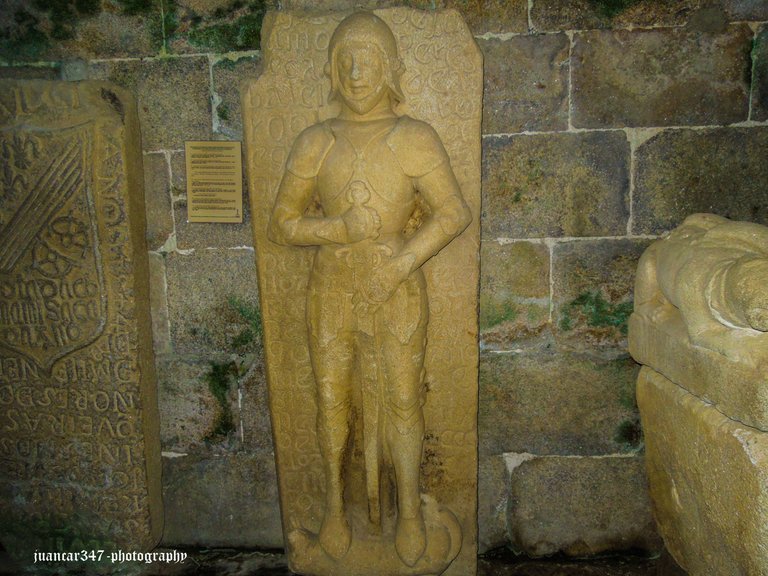
Sus huellas, así como sus hazañas y su sacrificio, siempre encaminadas a los nobles ideales del bien común -la defensa del débil frente a la opresión del fuerte y del villano- resultan, posiblemente, más evidentes en esta zona, el Bierzo y los Ancares, que, colindando con la provincia de Lugo, entraba directamente en Galicia, indicando al peregrino su proximidad a la Tumba del Apóstol Santiago y la feliz culminación de su viaje iniciático. Un viaje, en el que, parafraseando a Cavafis, éstos, los peregrinos, metafórica y comparativamente hablando, ya llegarían a entender, realmente, lo que significan los caminos de peregrinación y, por defecto, lo que significan también las Ítacas.
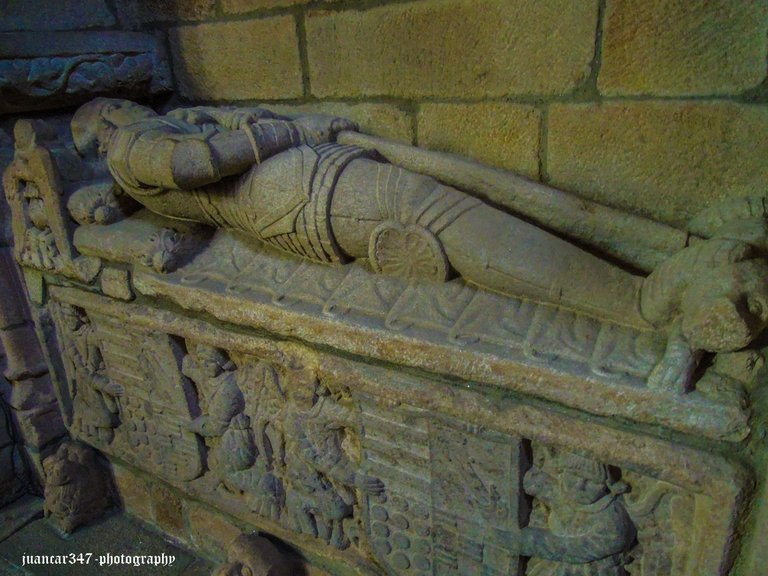
NOTICE: Both the text and the photographs that accompany it are my exclusive intellectual property and, therefore, are subject to my Copyright.
AVISO: Tanto el texto, como las fotografías que lo acompañan, son de mi exclusiva propiedad intelectual y por lo tanto, están sujetos a mis Derechos de Autor.
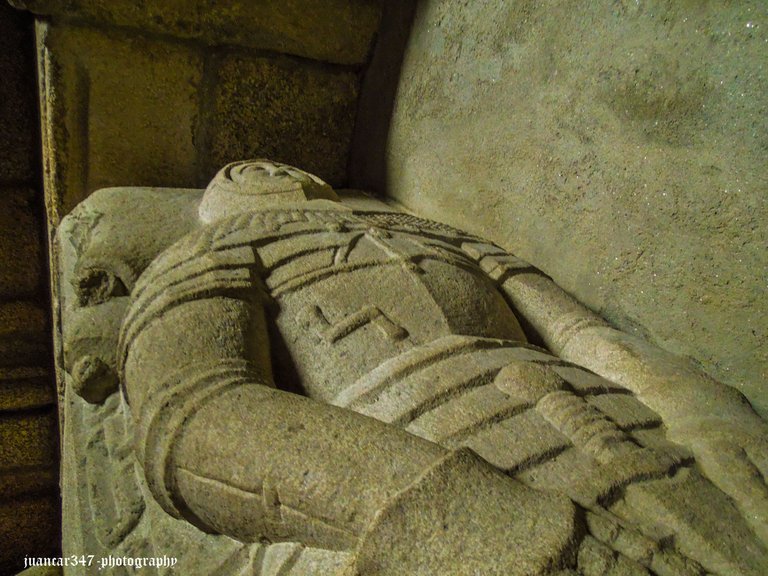
Happy week-end my friend
Un hermoso camino para esta parte de la historia. Muy bien conservados las reliquias en este buen camino de estrellas. Muchísimo éxito y un abrazo. @juancar347
Tuve problemas con el internet unos días y todo se atrasa.
Un camino, que, desde luego, siempre merece la pena recorrer. Espero que se te solucionen los problemas de conexión, estimada @sacra97. Muchas gracias y un abrazo.
Un hermoso camino para esta parte de la historia. Muy bien conservados las reliquias en este buen camino de estrellas.
https://twitter.com/mariatornero60/status/1669819971830939648